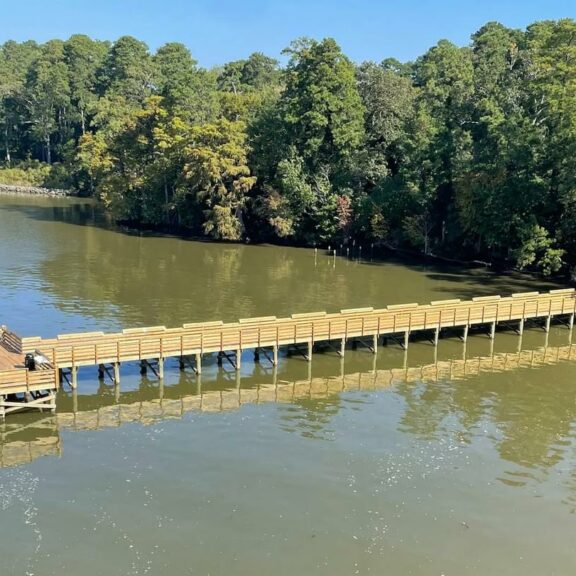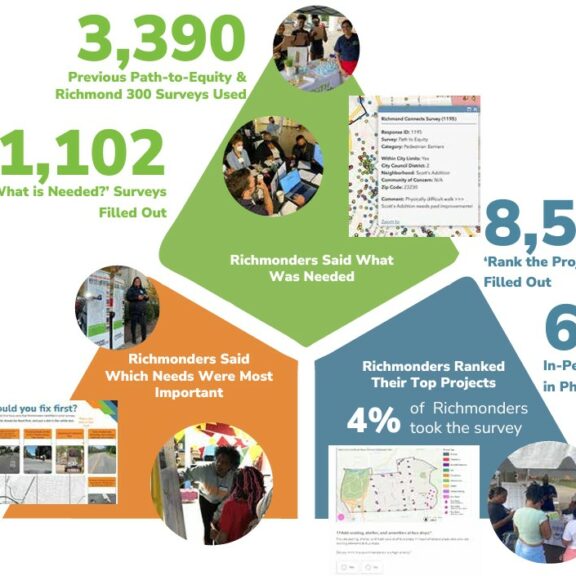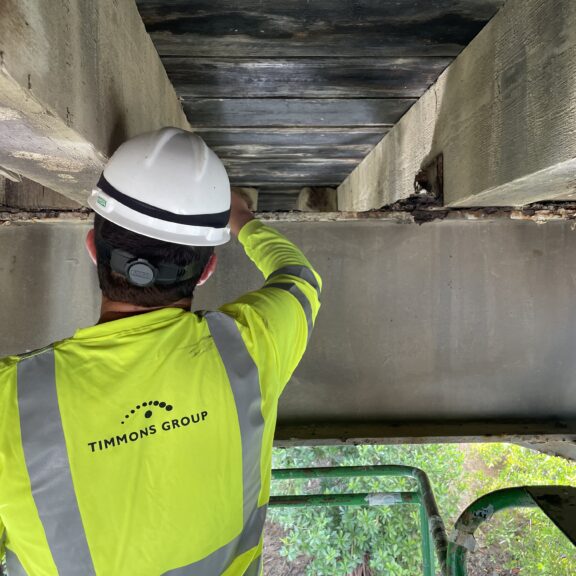Roundabouts and traffic circles are a popular traffic control device within the US due to their operational efficiency and safety benefits. When operating within their capacity, roundabouts typically have lower overall delay than signalized and all-way stop-controlled intersections.
A roundabout is a circular intersection where drivers travel counterclockwise around a center island. There are no traffic signals or stop signs in a modern roundabout. Drivers yield at entry to traffic in the roundabout, then enter the intersection and exit at their desired street.
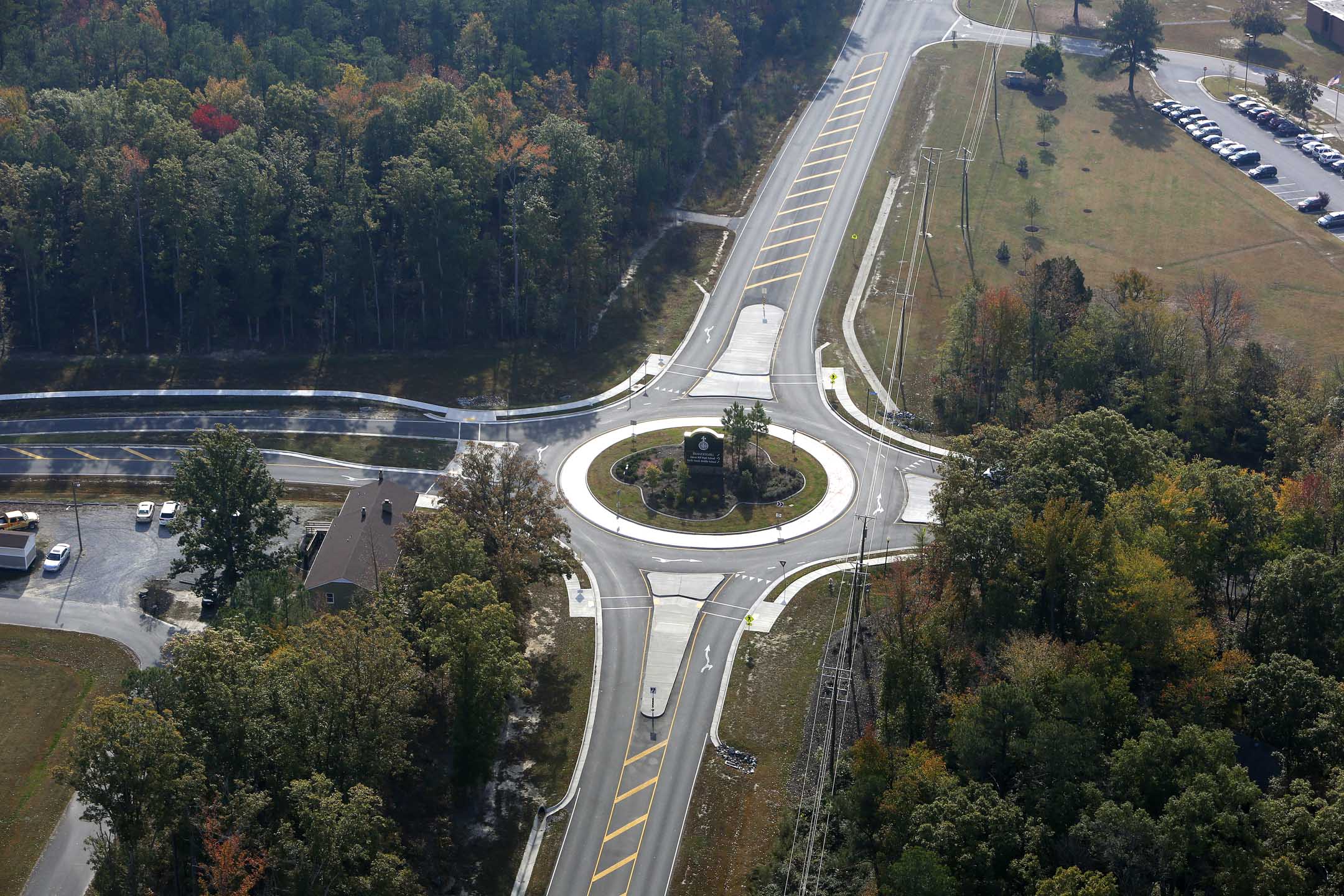
Neighborhood traffic calming circles are much smaller than roundabouts and often replace stop signs at four-way intersections. They are typically used in residential neighborhoods to slow traffic speeds and reduce accidents, but are typically not designed to accommodate larger vehicles.
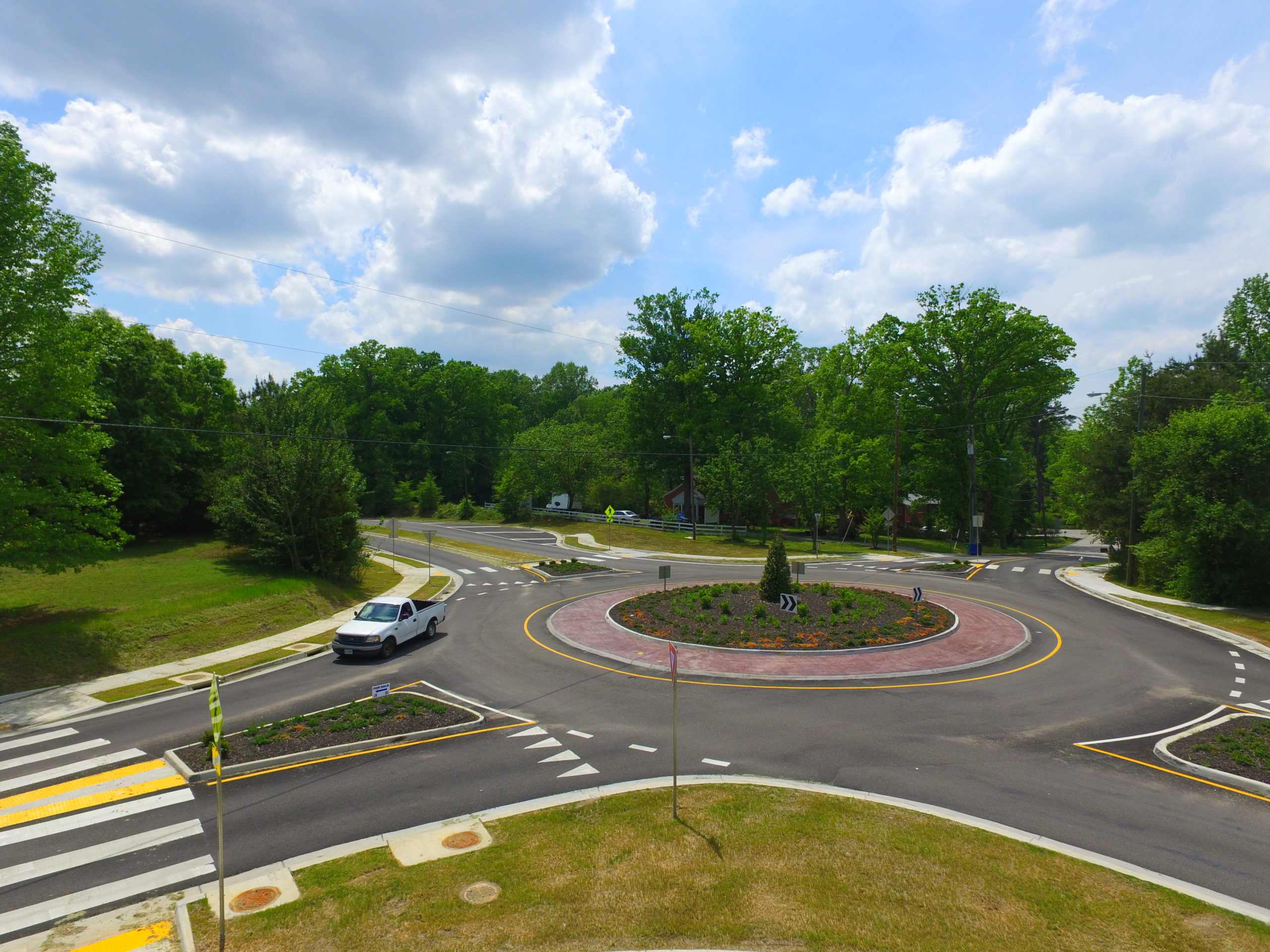
Numerous studies have shown significant safety improvements at intersections converted from conventional forms to roundabouts. The physical shape of roundabouts eliminate crossing conflicts that are present at conventional intersections, thus reducing the total number of potential conflict points and the most severe of those conflict points. The most comprehensive and recent study showed overall reductions of 35 percent in total crashes and 76 percent in injury crashes.1
One of the key design features of a roundabout is the geometric shape that causes all traffic to slow down as it enters the intersection. Roundabouts can enhance the safety for drivers, by:
• Allowing more time to make decisions, act, and react;
• Reducing the number of directions in which a driver needs to watch for conflicting traffic; and
• Reducing the need to judge gaps in fast traffic accurately.
Roundabouts are safer than traditional intersections by reducing the number of places where one vehicle can strike another by a factor of four. They also eliminate left turns against oncoming traffic—one of the main reasons for intersection danger—as well as the prospect of vehicles running a red light. The fact that roundabouts may “feel” more dangerous to the average driver is a good thing; it increases vigilance and attentiveness to the roadway. A more aware driver is a safer driver.
Rules of the Road
• Slow down and prepare to yield to traffic as you approach the roundabout.
• Follow all lane markings and signs to ensure that you are in the correct lane prior to entering the roundabout.
• Yield to all traffic already in the roundabout.
• Remember that buses and trucks may need additional room in the roundabout, keep clear of them.
• Always watch for, and yield to, pedestrians and bicyclists crossing the roadway.
Reference:
1Rodegerdts, L., M Blogg, E. Wemple, E. Myers, M. Kyte, M. Dixon, G. List, A. Flannery, R. Troutbeck, W. Brilon, N. Wu, B. Persaud, C. Lyon, D. Harkey, D. Carter. Roundabouts in the United States. National Cooperative Highway Research Program Report 572. Transportation Research Board, National Academies of Science, Washington, D.C., 2007.

